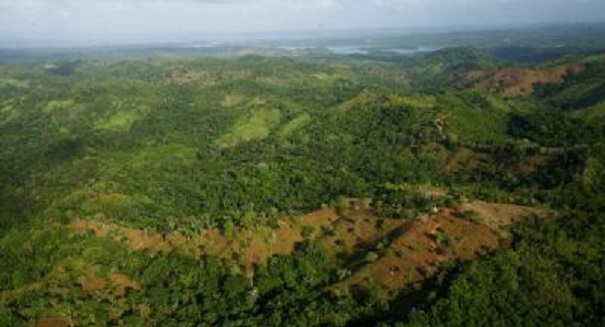
Tree species that secured nitrogen from the atmosphere added carbon weight as much as nine times faster than their non-securing neighbors during the initial phases of forest restoration.
According to a news release from the Smithsonian Tropical Research Institute, tropical forests “fix” themselves. They do this by securing nitrogen and carbon quicker after being logged or emptied for agriculture. Researchers believe the finding that trees speed up their capacity to secure or “fix” nitrogen from the air and discharge it into the soil as the forest rebounds has significant ramifications for forest renewal efforts to alleviate global warming.
“This is the first solid case showing how nitrogen fixation by tropical trees directly affects the rate of carbon recovery after agricultural fields are abandoned,” said Jefferson Hall, a scientist at the Smithsonian Tropical Research Institute, in a statement. “Trees turn nitrogen fixation on and off according to the need for nitrogen in the system.”
The Agua Salud Project is a experiment traversing more than square mile of the Panama Canal watershed. Researchers compare land-use options, determining carbon storage, runoff and biodiversity to figure out how mature tropical forest, native trees in forest restoration plots and abandoned pastureland compare.
The researchers compared tree development rate and nitrogen levels developing on pastureland abandoned two, 12, 30 and 80 years ago with trees developing in seasoned forests. Tree species that secured nitrogen from the atmosphere added carbon weight as much as nine times faster than their non-securing neighbors during the initial phases of forest restoration.
According to the researchers, nitrogen-fixers stocked enough nitrogen fertilizer in the soil to aid storage of 50,000 kilograms of carbon per hectare during the initial 12 years of development.
“Diversity really matters,” said Sarah Batterman, who worked on the Agua Salud Project. “Each tree species fixes nitrogen and carbon differently so species important at 12 years drop out or become less common at 30 years. You can really see how different players contribute to the development of a mature tropical forest and the ecosystem services it provides.”
What do you think of the project’s findings? Sound off in the comments section.
Share my opinion